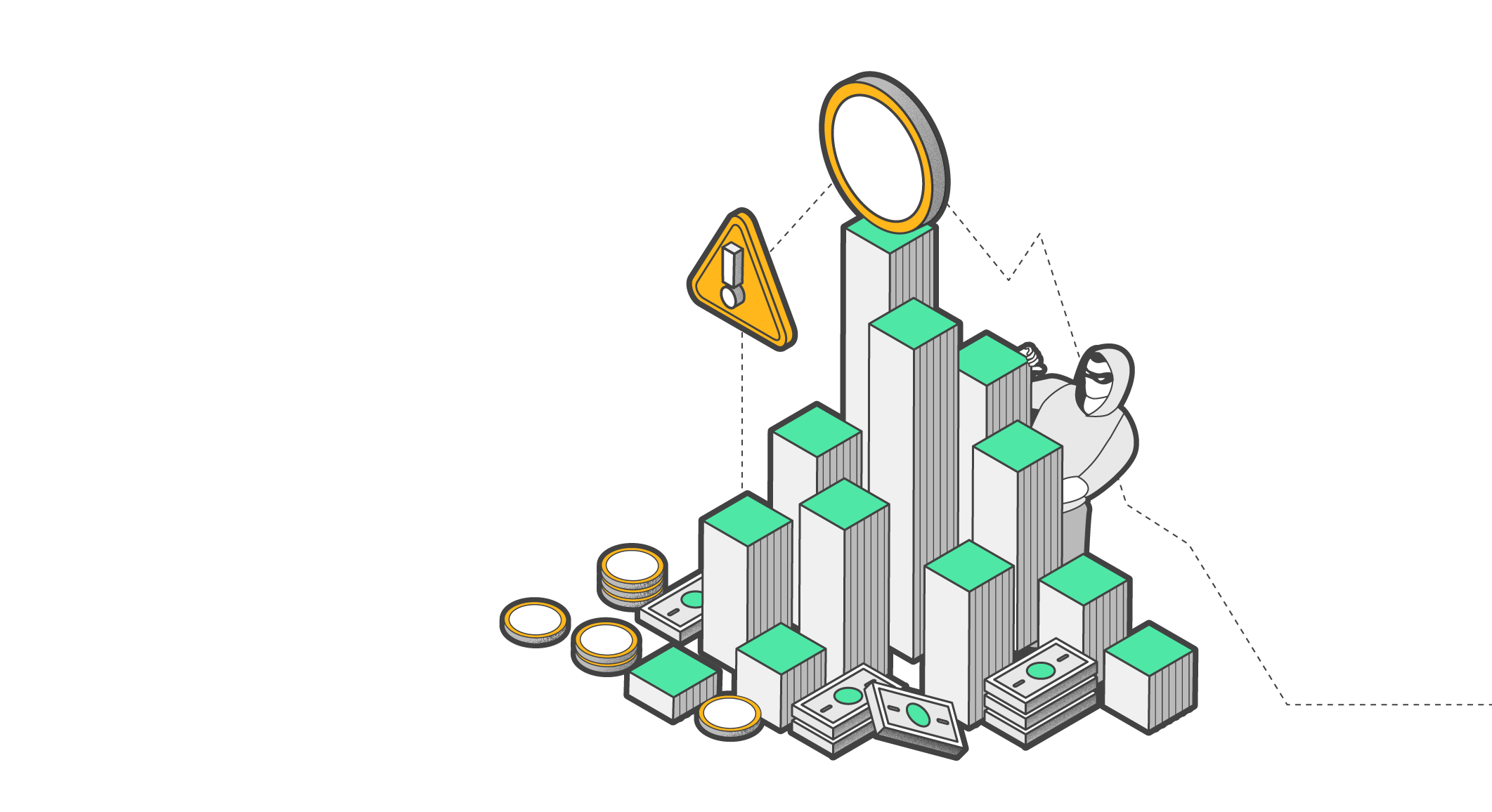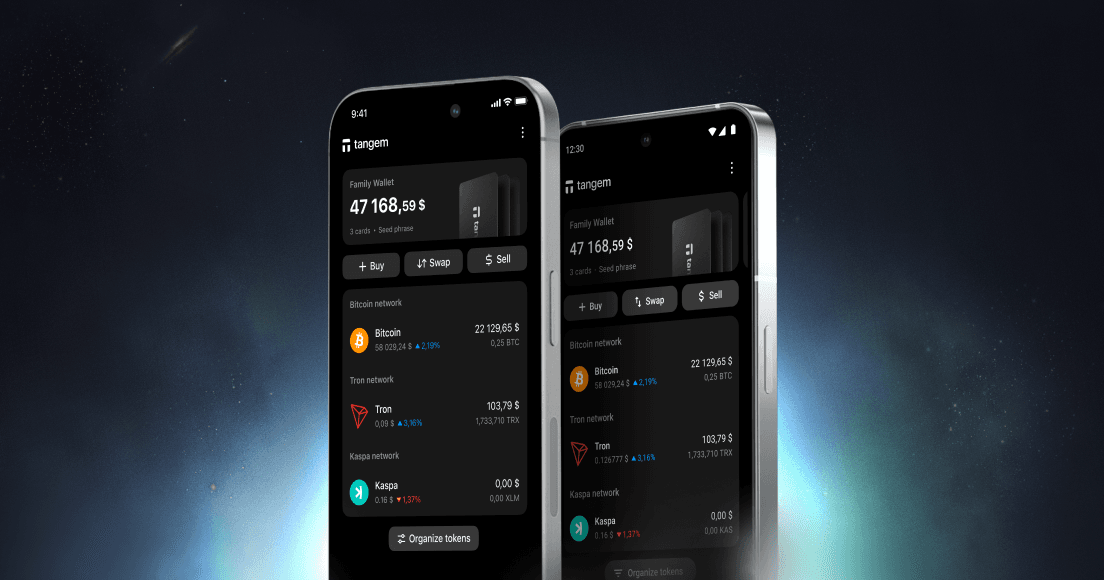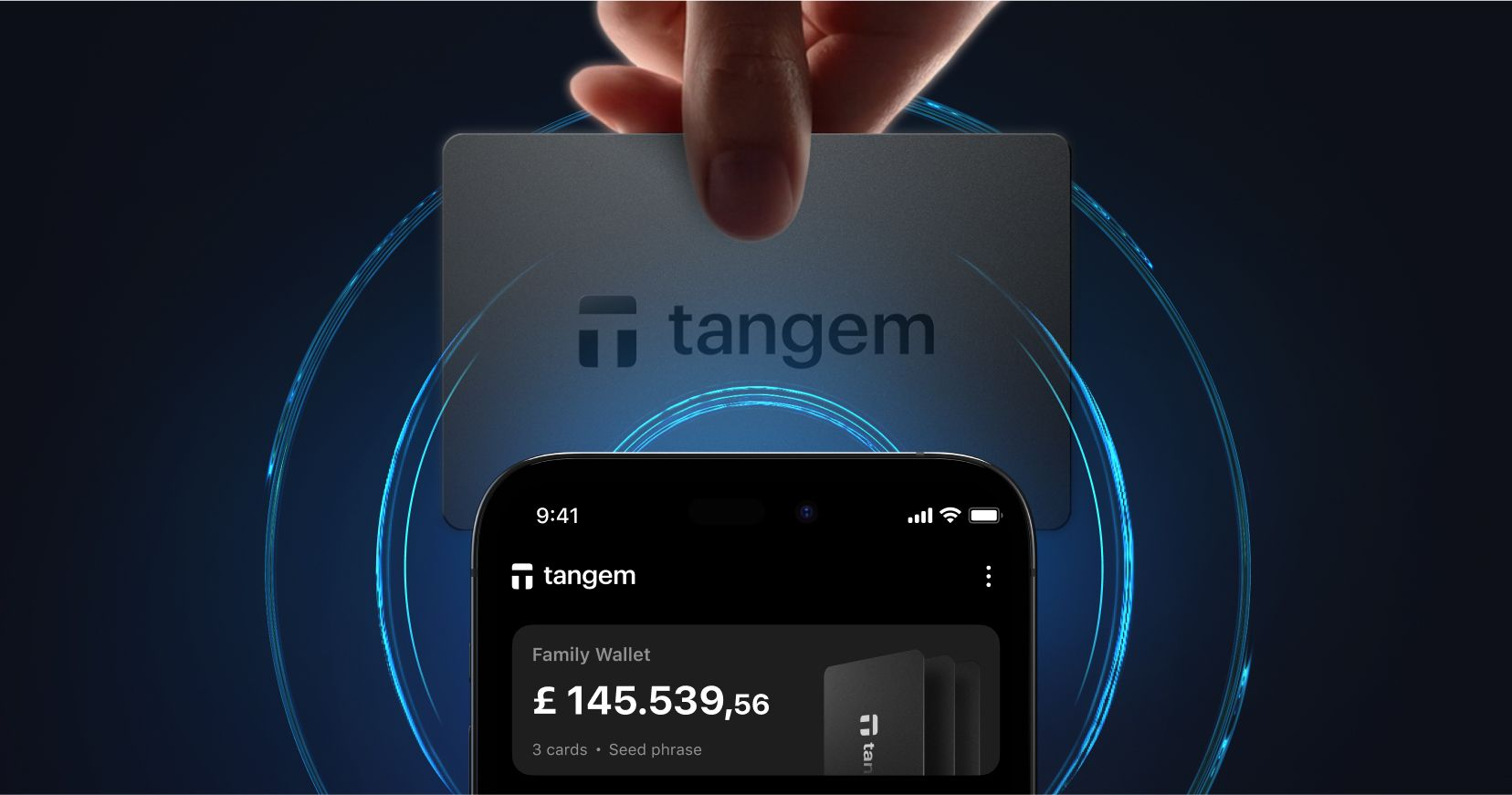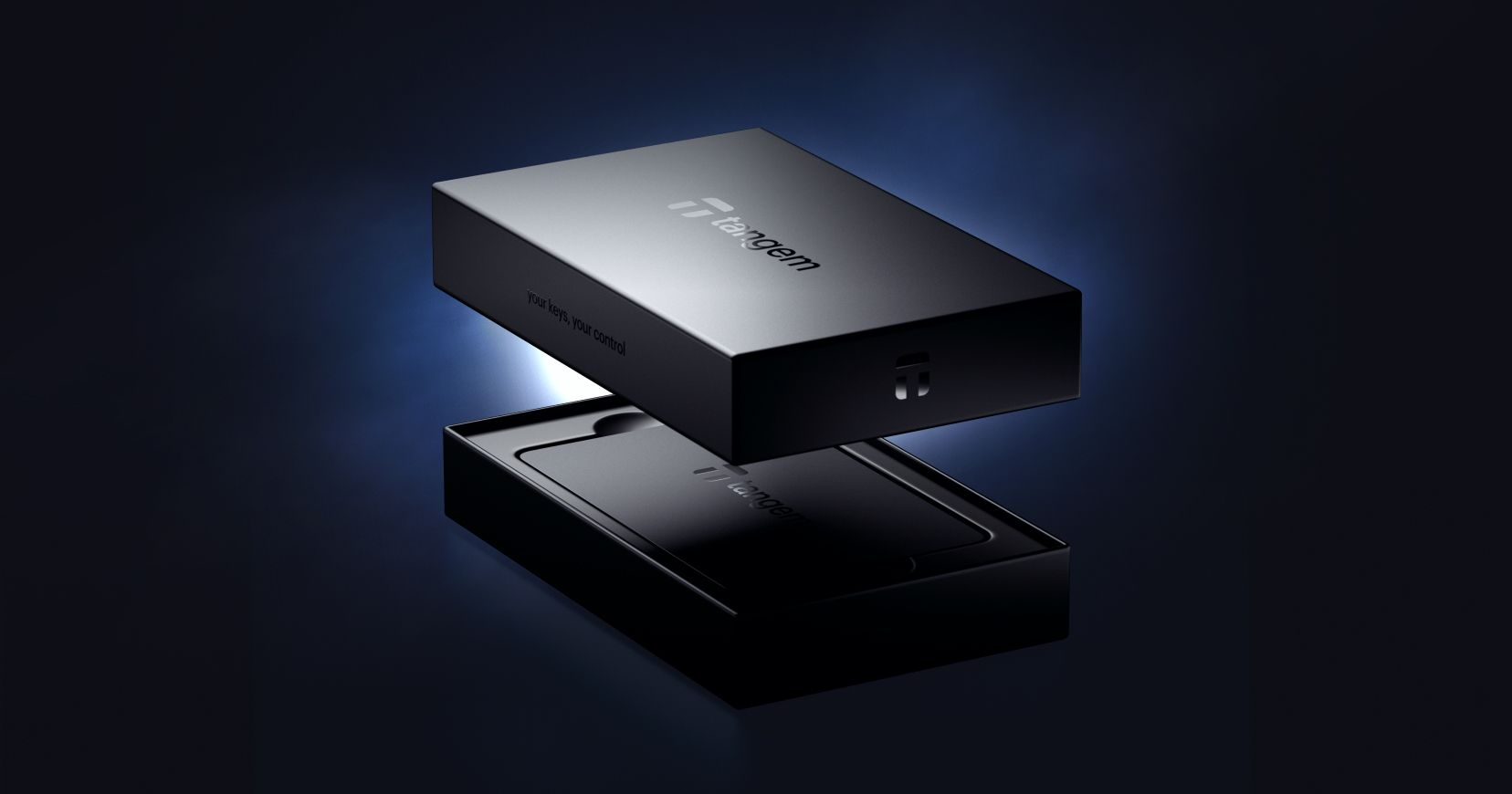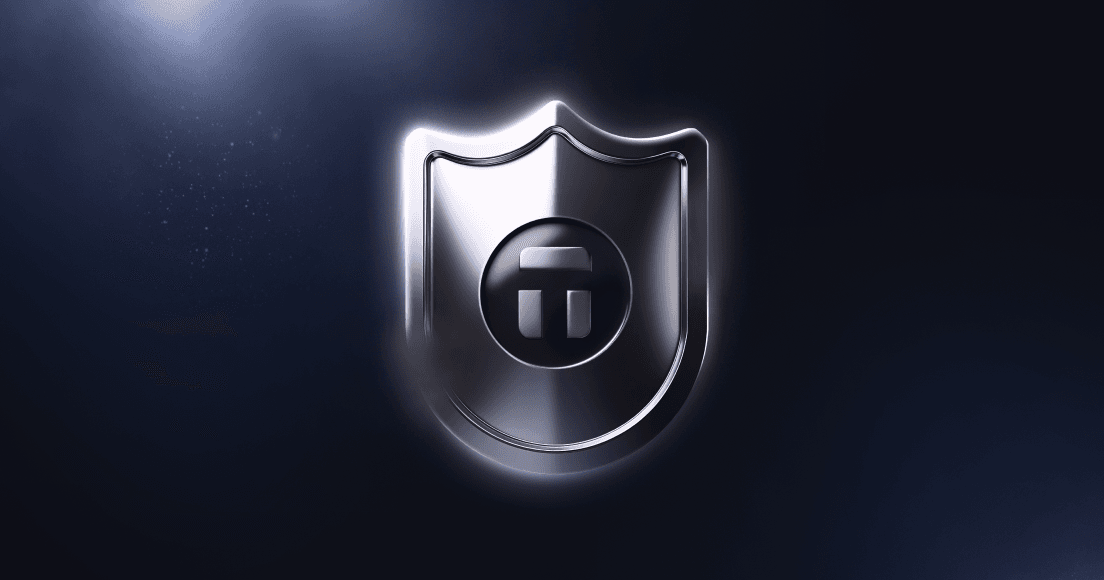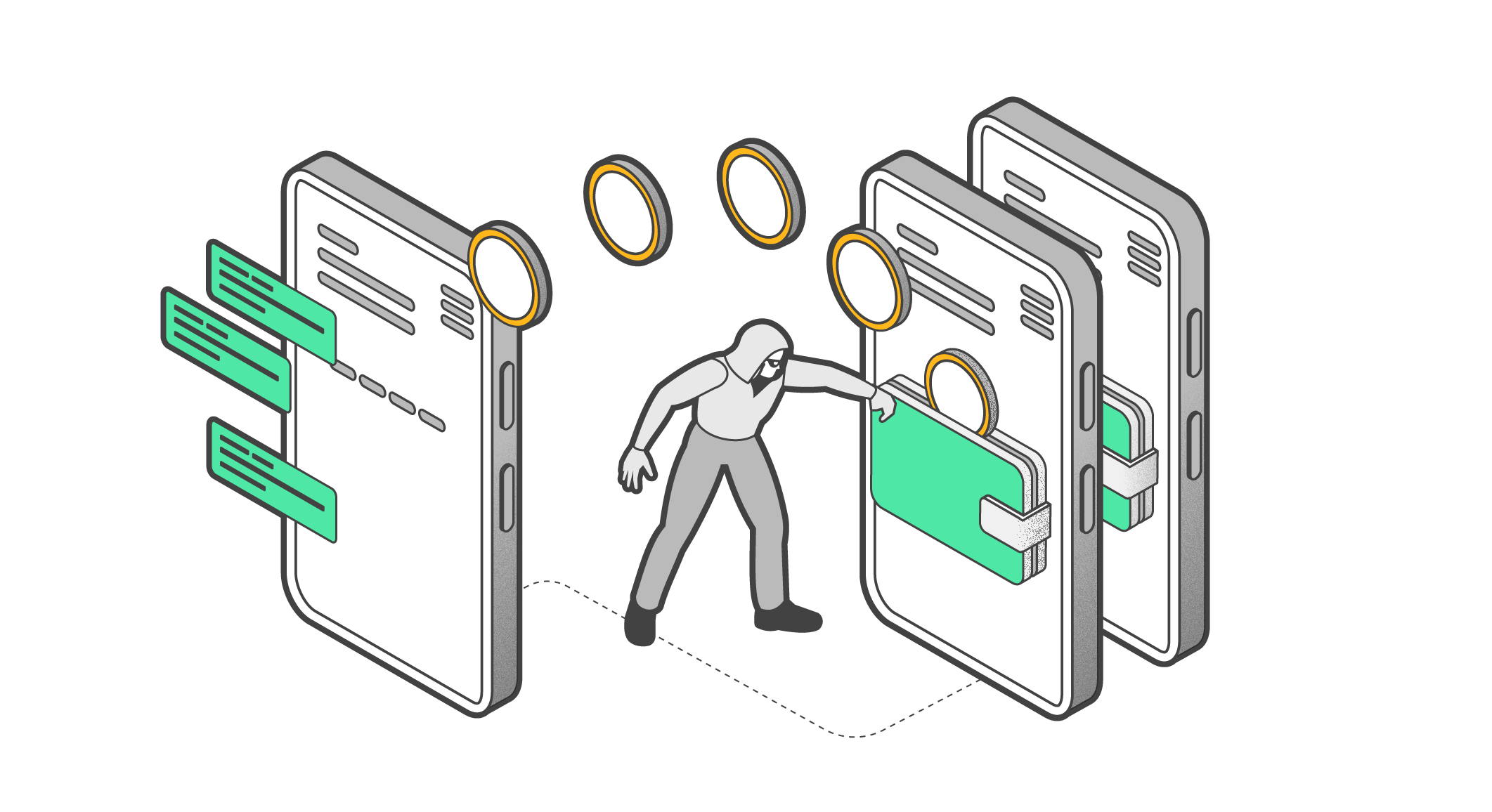
What is Telos?
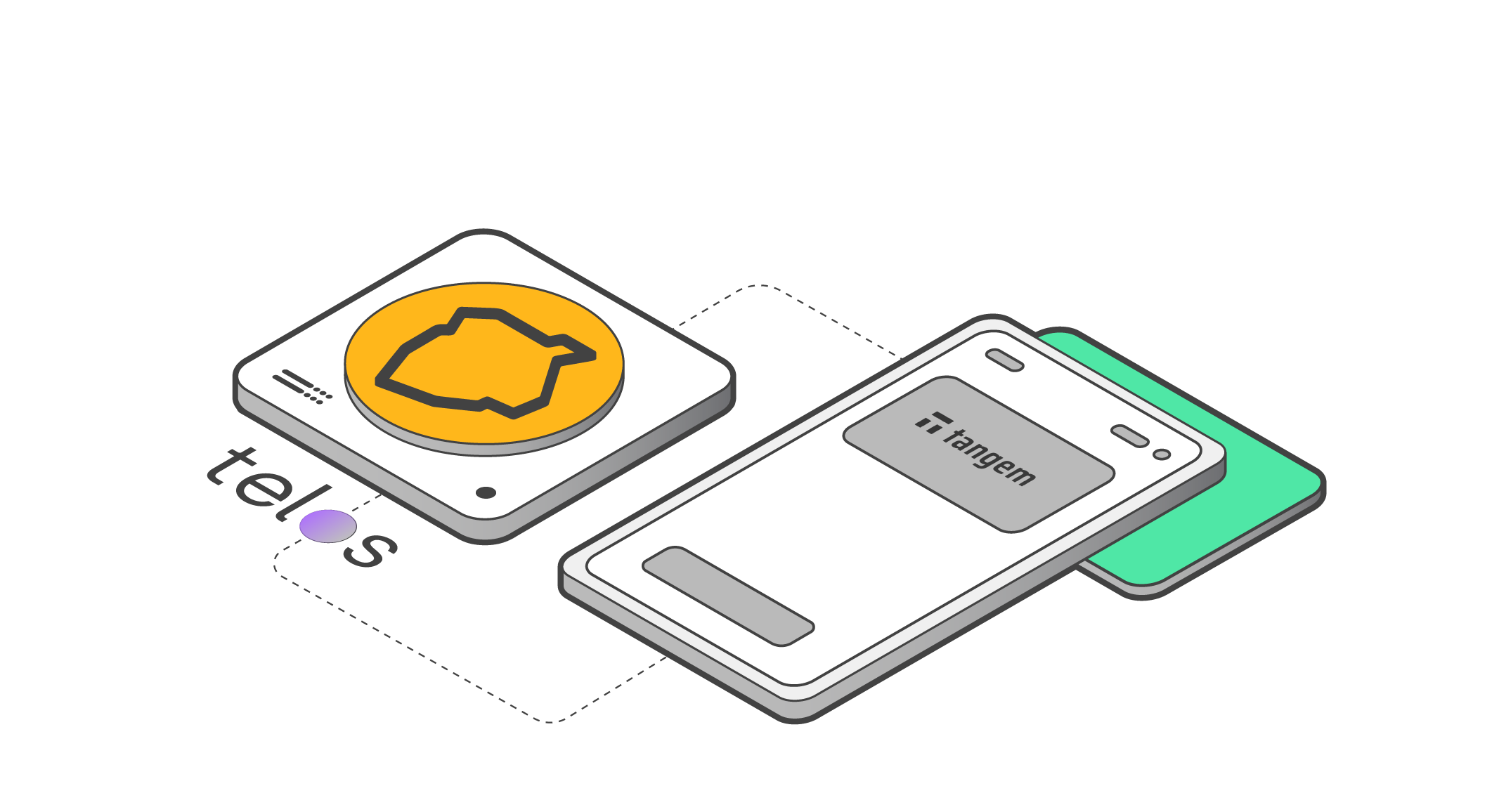
Telos is a versatile and quick (achieves over 15,200 TPS) network and was designed to allow for the seamless deployment of smart contracts, DApps, Web3 games and tokens, including NFTs. The project launched in 2018, and its virtual machine functionality (tEVM) went live in October 2021. Today, it is a rapidly developing blockchain, serving as a faster and less cost intensive alternative to the Ethereum network. According to Blocktivity, Telos is one of the most active blockchains in the world.
A brief history of Telos
The founders of the Telos platform are Douglas Horn (white paper author and Telos network developer), Justin Giudici (Co-Founder, CEO and Telos Foundation board member) and Jesse Schulman (CTO and Telos Foundation board member).
The Telos white paper states that the project’s development is to be fulfilled by its developers under the control of the community.
Telos did not conduct an ICO or take funding from venture capital firms as the project’s founders and early-stage developers were confident about receiving support from the community and independent investors.
In 2021, Telos announced official partnerships with SushiSwap and Multichain. The latter is a router that allows applications and protocols to connect to multiple networks, making them compatible with data from both chains and making it possible to convert tokens and NFTs across different blockchains.
Other notable Telos partners include Consensys (a company developing and implementing blockchain technologies and DApps), CryptoPunks and the PancakeSwap and Uniswap exchanges. In May 2023, the Telos community voted overwhelmingly in favor of the TEDP4 proposal, which will see the network transition to a full Layer 0 solution to maximize its interoperability capabilities. While this progression will have far-reaching impacts in many areas, it will be particularly significant for Web3 gaming as it opens the door to virtually limitless possibilities in this arena for Telos and its community.
Key features
The Telos blockchain uses the delegated proof-of-stake (DPoS) consensus algorithm and can conduct over 15,200 TPS and 1,826 swap TPS, putting it at the top of the industry in terms of speed despite very low commissions. This sets the network apart from Ethereum, where a transaction can be extremely costly and take hours, if not days to process.
Thanks to its high TPS and minimal fees, Telos is a suitable network for carrying out microtransactions. This is completely financially unviable on the Ethereum blockchain with its high gas fees.
Telos’ tEVM makes it possible for ERC-20 (Ethereum token standard), ERC-721 (Ethereum NFT standard) and any other smart contract written in Solidity to run hundreds of times faster than on Ethereum. There is no need to change the program code when deploying Solidity smart contracts on the Telos blockchain.
An audit conducted by Sentnl showed that the DPoS consensus algorithm and EOSIO software that together power the Telos network make it thousands of times more efficient than PoW blockchains.
Telos’ native token, TLOS, can be safely and securely stored within the project’s own native web wallet.
Telos (TLOS)
Throughout the history of the coin’s existence, its price has fluctuated between a low of $0.001 and a high of $1.29. The first peak in the price of TLOS came in 2021, after the launch of the tEVM. This was followed by a sharp fall, caused by the discovery of a vulnerability on the Telos blockchain. That was quickly eliminated, however, leading to the price rising once again.

As of the time of writing, TLOS is being traded on crypto exchanges for $0.136.
Key projects and cross-chain “relationships” between Telos and other blockchains
The Telos team has expressed serious interest in building bridges with other blockchains, and plans to establish a cross-network superhighway. As part of a strategy for bringing the Telos project to a wider audience among the crypto community, the developers have already deployed TLOS on Ethereum and launched the T-Swaps platform. Its partnership with Multichain gives users the opportunity to seamlessly move USDC, USDT, ETH, BNB, MATIC, AVAX and other tokens on to and off the Telos network. Telos is also partnering with pTokens, a solution for moving liquidity from one blockchain to another.
Below are a number of other key Telos projects:
- dStor. This is a decentralized cloud storage platform similar to Filecoin and Siacoin. Users can securely store their files in dStor and access them quickly from anywhere in the world. Node operators can earn by providing storage space on their hard drives.
- Telos Private. The essence of this project is to allow users to make anonymous transactions. To achieve this, Telos Private will use a separate EOS sidechain.
- Telos ID. This is an identification solution. You can read more about how decentralized identifiers work and the issues they help to solve here.
- Telos Location. This idea involves using the Telos network to verify locations. Owners of PCs, smartphones and other devices will be able to provide the network with location data in order to create cryptographically provable information about it. For example, a maintenance crew carrying out repairs could easily confirm that they’re where they’re supposed to be at a particular time.
Conclusion
Telos is an interesting and rapidly developing blockchain project with strong potential. It could become a worthy competitor to the popular crypto projects of today, which offer similar features but at a higher price. The versatility and speed of Telos combined with the project’s transition into a Layer 0 solution through the TEDP4 proposal has it well positioned to be one of the projects to watch come the next bull run.

